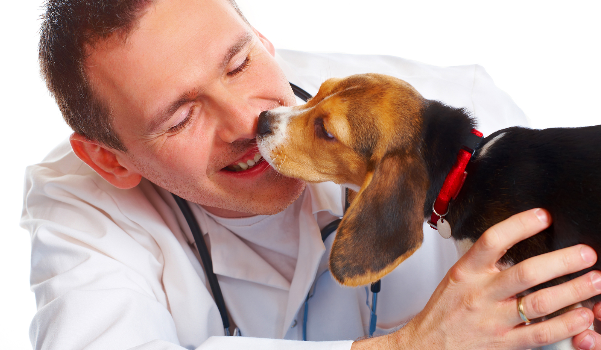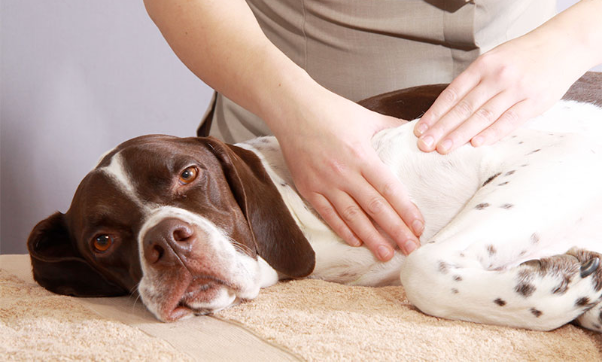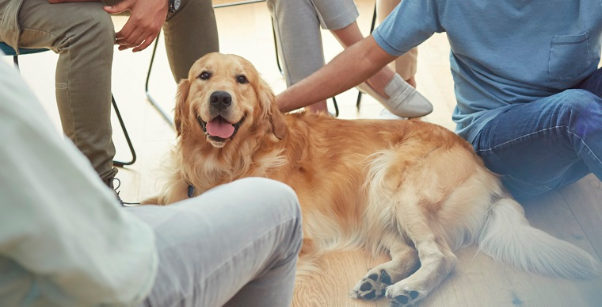How does physical therapy work for dogs?
Rehab in a dog can involve multiple pieces of equipment or
“modalities” as we call them. Let’s go over half a dozen common
modalities.
1. Passive range of motion (PROM)
exercises mean that someone manually helps your dog move a joint back
and forth, mimicking its normal motion to improve flexibility. The most
common exercise is what we call the “bicycle” motion.
2. Heat and cold therapy
go hand-in-hand with PROM. Using warmth before the exercises prepares
the muscles for activity. Using ice after physical therapy helps reduce
inflammation and pain. It is very important to always have a barrier
between your pet’s skin and the heat/ice source to protect the skin. It
can be as simple as a thin towel.
3. An underwater treadmill
is a special treadmill that is enclosed in a watertight container.
Different levels of water can be added. The higher the water level, the
less of the pet’s body weight is carried. The rehab vet would typically
start out with a high water level and a slow speed for a short amount of
time; then, gradually increase the difficulty by decreasing the water
level and increasing the speed and duration of activity.
4. An obstacle type course
can also be used to help your dog increase or relearn balance and paw
placement. This can include the use of hills, steps, ramps, bars,
balance balls, etc.
5. Therapeutic ultrasound
uses ultrasonic waves to stimulate muscle activity. These waves are
different from what we use to look inside a dog’s belly. Therapeutic
ultrasound provides heat to muscles, tendons and ligaments and can help
heal them.
6. A cold therapy
laser works at the level of cells in the body. It can decrease
inflammation and increase circulation, which can help decrease pain and
increase healing. Cold therapy laser should not be used if cancer is
suspected, as it can encourage cancer growth.
Pet Rehab Service for dog: Walking Paws Rehab is a unique practice that offers many advance therapies to help your pet.



Comments
Post a Comment